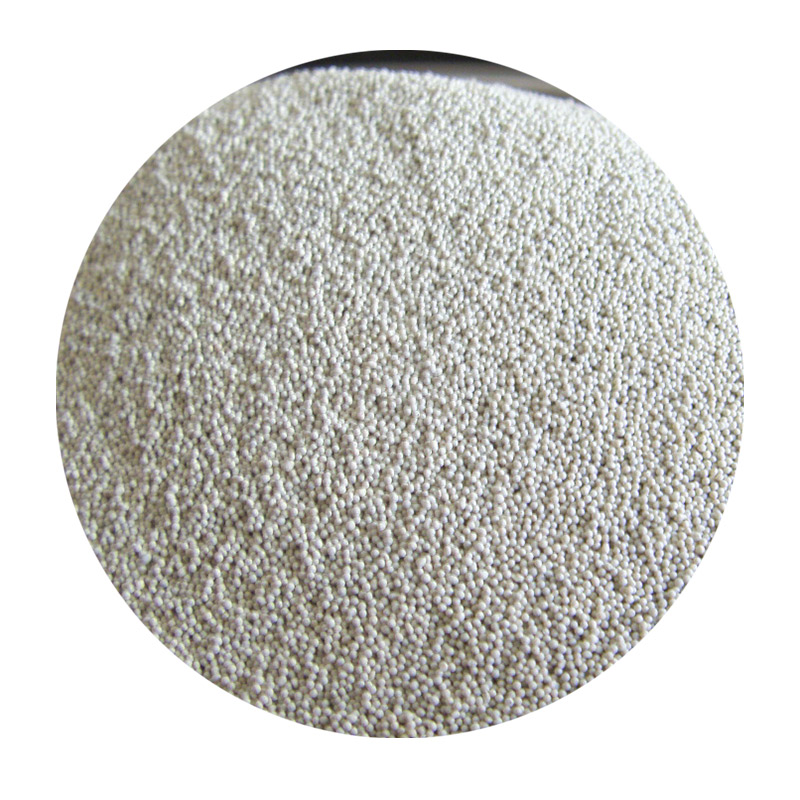The Role of Steel Sand Casting in Modern Foundries
In the realm of metalworking, casting remains one of the most essential manufacturing processes, and steel sand casting has established itself as a preferred method in numerous applications. This technique, which involves creating a mold from sand, allows for the production of intricate steel components with enduring strength and resilience. The following explores the significance of steel sand casting in foundries, highlighting its advantages and applications.
The Role of Steel Sand Casting in Modern Foundries
One of the most notable advantages of steel sand casting is its cost-effectiveness. The materials required—primarily sand, metal, and resin—are relatively inexpensive compared to other casting methods that demand costly materials like metal molds. Additionally, sand molds can be reused for multiple casts, further reducing production costs. This efficiency makes steel sand casting an attractive option for businesses looking to balance quality with budget constraints.
steel sand casting foundry

Another critical benefit of steel sand casting is its adaptability to various steel grades. Foundries can utilize different alloys to achieve specific mechanical properties, making steel sand casting versatile across multiple industries. Whether it's for automotive parts, industrial machinery, or marine components, the ability to customize material properties ensures that the final products meet stringent performance standards.
Moreover, the environmental impact of sand casting is also worth considering. Modern foundries are increasingly adopting sustainable practices by recycling sand and utilizing eco-friendly binders and coatings. As a result, the steel sand casting process not only meets the demands of production but also adheres to growing environmental regulations and concerns.
The applications of steel sand casting are vast and varied. In the automotive industry, it is commonly used to manufacture engine blocks, transmission cases, and other critical components that require durability and resistance to high temperatures. Similarly, in heavy machinery, cast steel parts are integral to the performance and longevity of equipment such as excavators and bulldozers.
In conclusion, steel sand casting has carved a niche for itself in modern foundries due to its numerous advantages, including cost-effectiveness, versatility, and adaptability. As industries continue to evolve and demand more complex and high-performance components, the role of steel sand casting is likely to grow. With a commitment to sustainable practices and technological advancements, foundries that embrace this method will be well-positioned to meet the challenges of the future while delivering quality products across various sectors. The synergy between traditional techniques and modern innovation ensures that steel sand casting will remain a cornerstone of metal fabrication for years to come.
Post time:నవం . 02, 2024 03:37
Next:what is sand casting process
